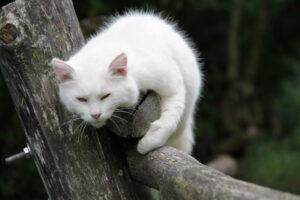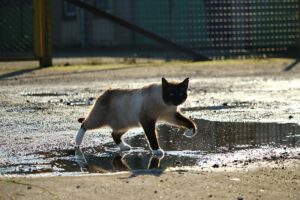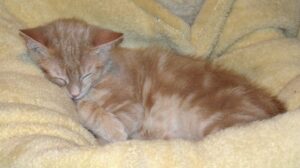How Many Litters Can A Cat Have ?
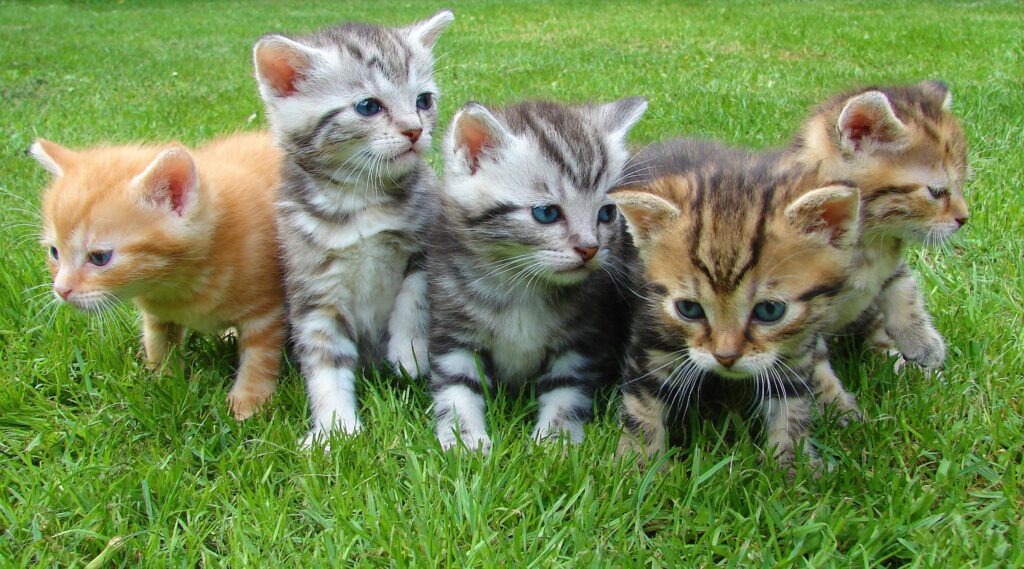
How Many Litters Can A Cat Have :- Oops, you find yourself in a situation where you missed the ideal age for spaying your female cat, and now she’s pregnant. No need to panic; as a responsible pet owner, you have options. You can choose to support her through the pregnancy, find good homes for the kittens, and then promptly spay her once they are weaned. Alternatively, you can take her to the vet to be spayed immediately before the litter is born. While opting for an abortion may seem a tough decision, considering the issue of overpopulation and the unfortunate fate of many cats in shelters, preventing more kittens from being born can ultimately save lives.
But what if your cat becomes pregnant again before you can have her spayed? Given a mature cat’s relatively short gestation period compared to humans, she remains susceptible to subsequent pregnancies throughout the year. Understanding the various stages of a cat’s fertile life will empower you to take timely action and have her spayed before any unexpected pregnancies occur.
How Many Litters Can A Cat Have ? What Is a Kitten Season?
During the kitten season, which typically spans from March to October, cats go into heat and are most likely to give birth to a large litter of kittens. Ironically, this period is challenging for animal shelters, as unspayed stray pregnant cats contribute to a surge in the number of kittens entering shelters. Understanding and being aware of this kitten season can help pet owners make informed decisions about spaying their cats to avoid unintended litters.
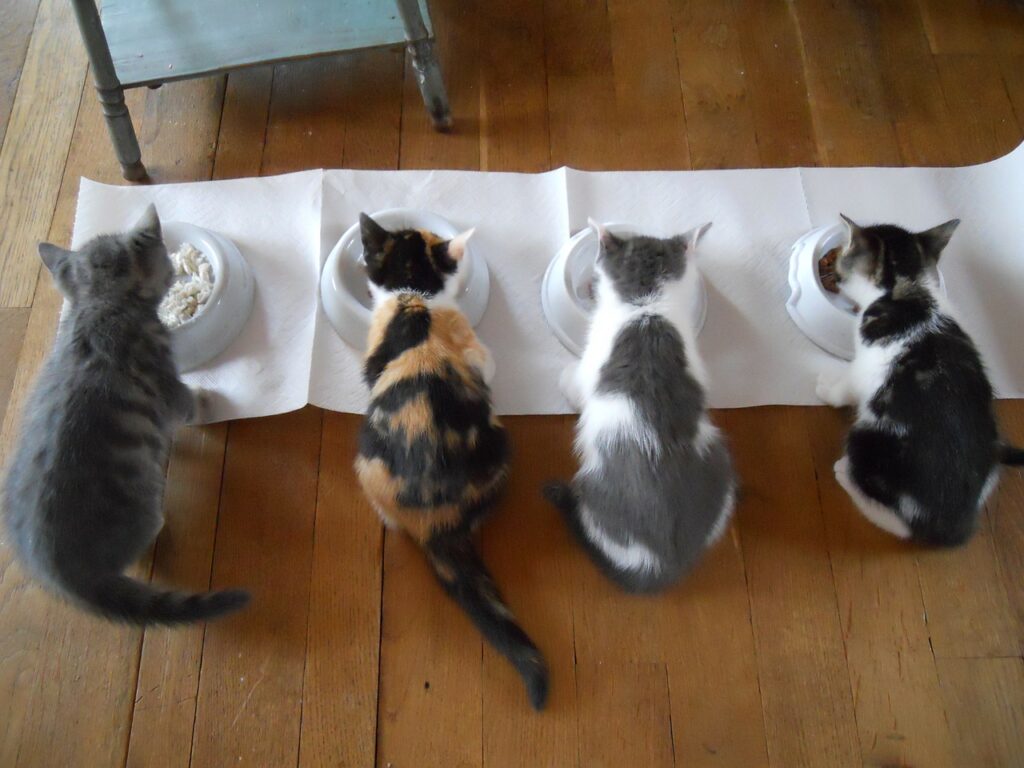
How Many Kittens Can a 1-Year Cat Old Have?
At this age, a cat can have an average litter size of three to four kittens, typical for young cats. Vets recommend spaying your queen for her safety and well-being, ensuring she does not have multiple litters, which can be detrimental to her health. Spaying helps control the cat population and prevents potential health risks associated with frequent pregnancies.
What Affects Litter Size?
How Many Litters Can A Cat Have ? The number of kittens a cat has can be influenced by three factors, according to Dr. Alex Crow, a veterinarian at Bittercress Veterinary Center:
1. Breed:- Some breeds, such as Siamese and Oriental, are more likely to have larger litters.
2. Age:- Younger cat mothers tend to have smaller litters.
3. Health:- The overall health of the cat plays a role, with healthy cats usually having more kittens. Conversely, a sick or undernourished cat is likely to have fewer kittens. Illnesses like feline leukemia virus or feline immunodeficiency virus (FIV) can also impact pregnancy.
What Determines How Many Kittens a Cat Has?
How Many Litters Can A Cat Have ? While there are no precise instructions for predicting the exact number of kittens your queen will bear, certain factors can influence the size of her litter.
Mother’s age and health
In her first litter, a queen may have up to three kittens, but subsequent litters may be larger. Generally, younger cats have fewer litters than older cats. The health of the queen plays a crucial role in determining the number of kittens, as an underweight queen is more likely to have stillborn kittens compared to surviving ones.

Breed
Certain feline breeds exhibit varying tendencies in terms of kitten production. Take, for instance, breeds like Siamese and their counterparts, renowned for yielding larger litters compared to their feline counterparts. On the flip side, the Persian breed tends to have more modest litter sizes compared to the general cat population. Noteworthy are breeds like the tailless Manx, where a portion, ranging from one to four kittens, may unfortunately not thrive to full maturity.
Health problems
Factors like feline infectious peritonitis (FIP) can diminish a queen’s fertility and her ability to bring forth a substantial number of kittens. Simultaneously, the Feline panleukopenia virus poses the risk of stillbirths or the termination of litters, particularly if the queen contracts the infection during the early stages of pregnancy. An informative piece from Zoetis highlights that infections during the later stages of pregnancy in queens may adversely affect kitten brain development, leading to challenges in movement and the onset of cerebellar hypoplasia.
Breeding frequency
Queens exhibit induced ovulation, implying that they only release eggs when they engage in mating. This aspect significantly influences the potential number of litters, as the frequency of mating correlates with increased chances of producing more litters. Furthermore, the diversity of fathers can contribute to a litter, as a queen mating with different male cats can result in kittens with distinct parentage within the same litter.
How Many Litters Can A Cat Have ? How to Tell How Many Kittens a Cat Will Have
Accurately pinpointing the precise number of kittens in a pregnant cat poses a challenge, and veterinarians employ various methods, each with its own set of limitations:
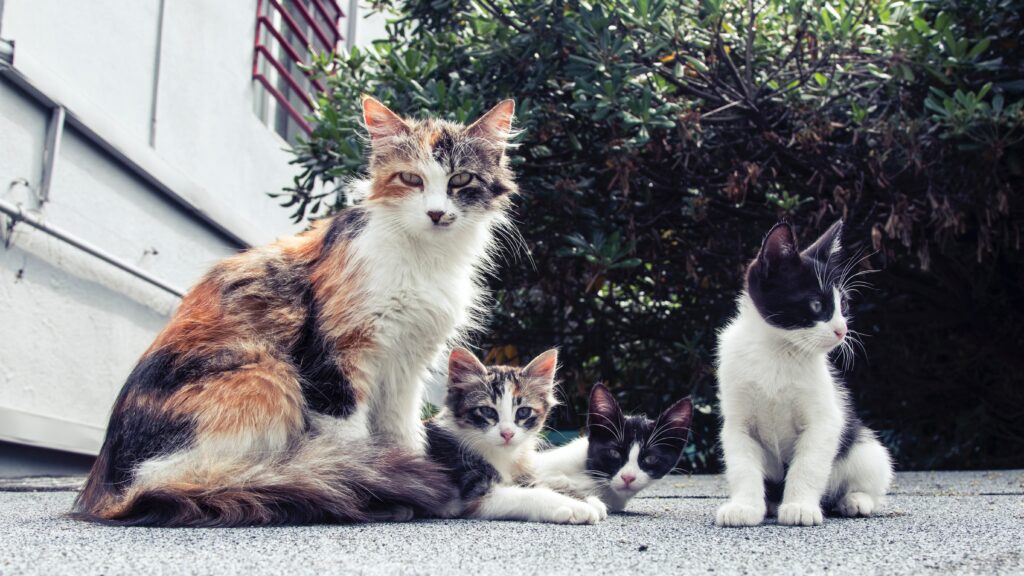
1. Ultrasound:- This technique provides a glimpse inside the cat’s abdomen, revealing the general shape of the kittens. However, the clarity of the images can be compromised, making it difficult to discern the exact number.
2. X-ray:- While effective, this method comes with potential risks, as it exposes both the mother cat and the kittens to radiation.
3. Palpation:- Veterinarians use this hands-on approach, gently feeling the cat’s abdomen to make a rough estimate of the number of kittens she might be carrying.
Despite these methods, the quest for the precise number often remains elusive, and the mystery may persist until all the kittens are born.
What Is the Largest Litter of Kittens?
While the average litter size for a queen typically ranges from four to six kittens, it’s essential to recognize the potential for variability. Remarkably, historical records include a Burmese/Siamese cat from 1970 that astoundingly gave birth to 19 kittens, although it’s noteworthy that four were unfortunately stillborn. This extraordinary example illustrates that queens can indeed surpass conventional expectations, reminding us that the potential litter size can be surprisingly diverse.

